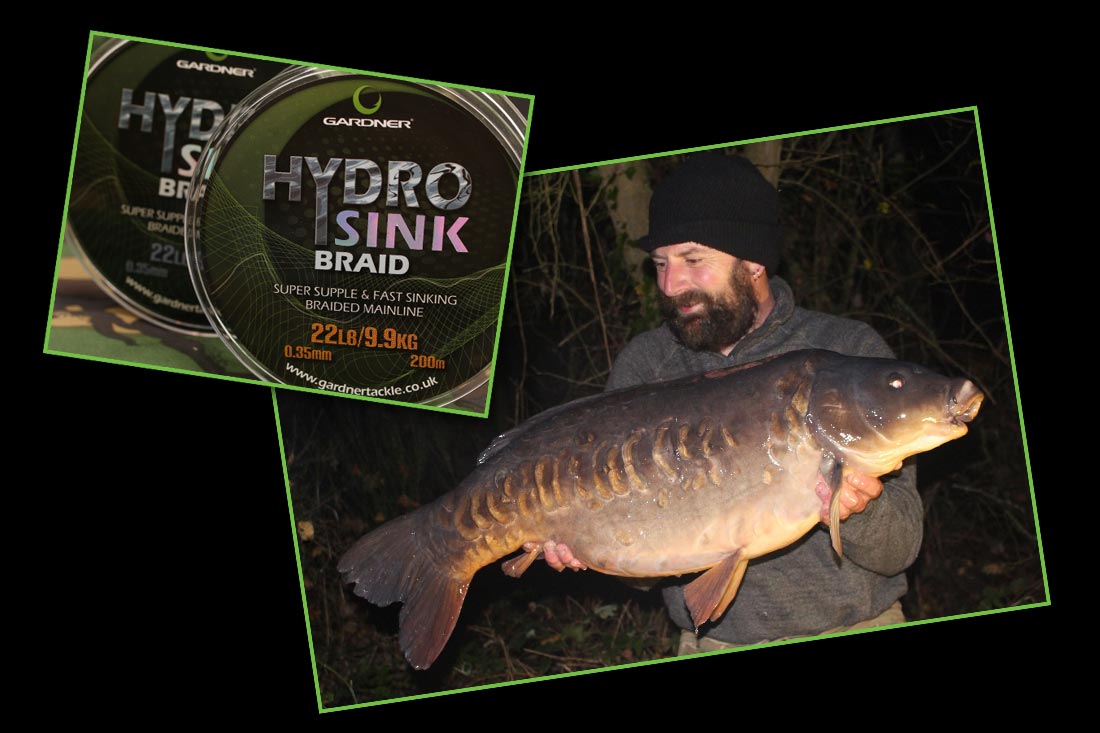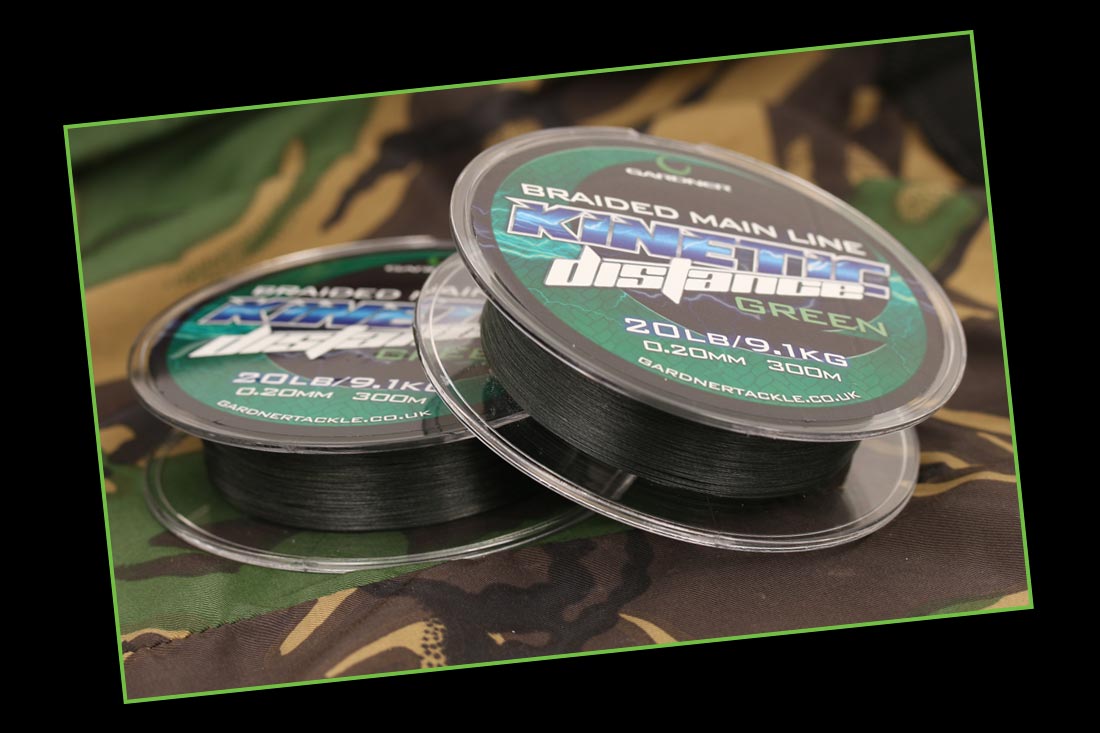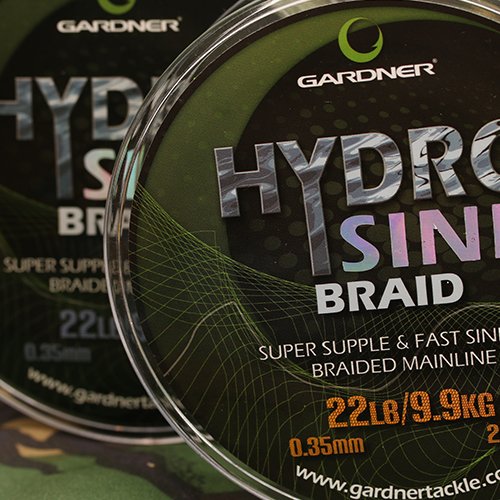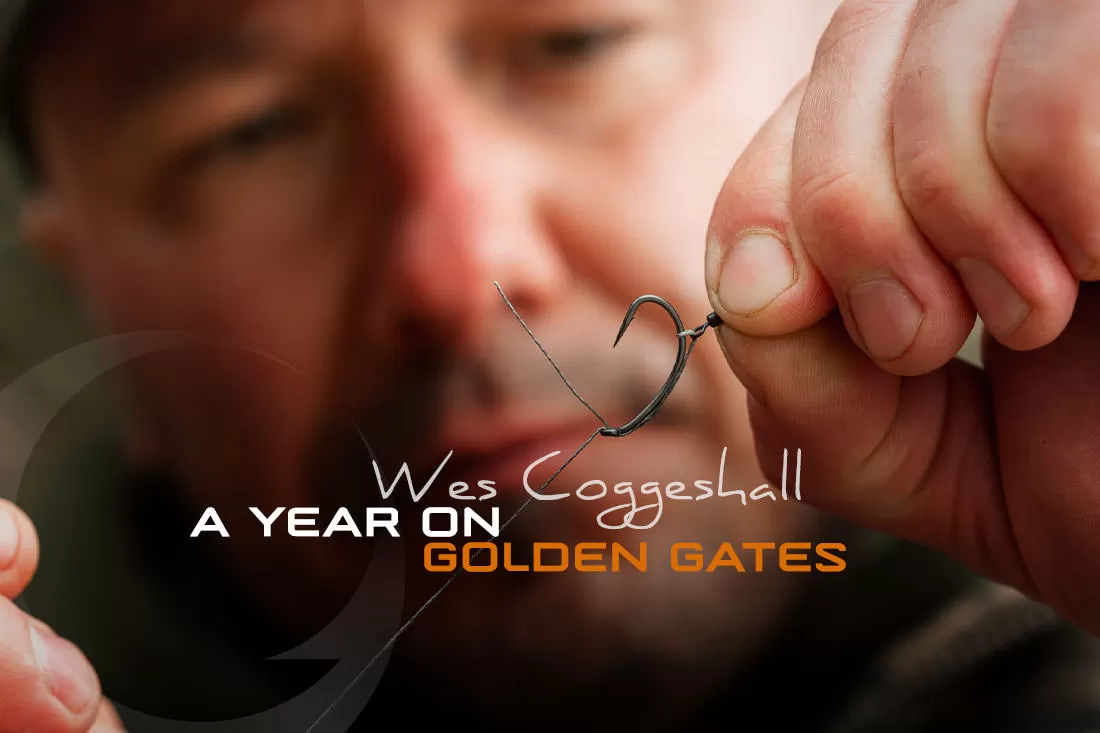
Many anglers on a number of different venues notice that I use braided main line, and they always say “Braid! You’re brave!”. There is some great myths around the use of braided main lines. People seem to be in fear the instant connection and the direct contact it gives during the fight. It’s strange because, if you look at it from a different viewpoint, surely these are all the qualities we often look for in a main line. My love for using a braided main line is so strong that I honestly believe that I will never use anything other than braid from now on, unless dictated by a fishery’s rules.
As anglers, our number one priority should be to protect the quarry that we fish for. I often hear people saying that braid is dangerous in the wrong hands, but personally I disagree with this statement. Whichever way you look at it we are aiming to put a baited hook into a fish’s mouth. Braid gives no stretch, an instant connection and meaning that indication cannot get any better. I personally don’t think that there is no mono or fluorocarbon made that has the abrasion resistance of braid. Whether you are fishing short or long range, in my eyes braided main line has zero disadvantages. The one questionable downside in some people’s eyes is the visibility of braid in clear water – but luckily Gardner has been working on a sinking braid that will definitely correct this. Watch this space…
Whether you are after a sinking braided main line with super abrasion resistance that is good for casting up to 100 yards, or a low diameter strong reliable distance fishing braid, they offer both. For the first option you have the bullet proof Hydro-Sink.

Last winter I used Hydro-Sink on a small lake, where I was never fishing more than ten wraps out. The lake was silty, with gravel areas and snags around the margins. Using the braid meant I could fish super slack and conceal the line as much as possible. The Hydro-Sink sunk flush to the lakebed and actually laid in the silt. You can’t get better camouflage than that!
I had no need for a leading rod, as I could remove my rig and lead around with the reel line, getting the exact feel for what I was fishing on or around. The abrasion resistance and 0.35mm diameter of the 22lb version gave me great confidence for landing the fish in the snaggy margins. This meant that because I was fishing so close in I could leave the braid really slack, meaning any indication on the buzzer meant a fish was on.
The second braid option is the Kinetic Distance Braid. From the picture you can see straight away that the diameter is 0.15mm thinner than the Hydro-Sink. If you require a braided main line for fishing at range, then look no further. This low diameter, dark green in colour braided main line is supplied on 300 metre spool sizes, which means you will have more than enough braid on your spool even for the longest of casts. It’s beautifully smooth and well behaved, with wind knots being rare as rocking horse s***, especially when you dampen the spool before your first cast.

The Spring of 2020 has certainly been a strange one, which is true for everyone with regards to Covid. I am heavily involved with one of Essex’s finest fisheries, The Quarry, and unfortunately we had unwanted visitors during the epidemic, which meant like many fisheries we were forced to have a presence at the lake 24/7. I was fortunate, as the owner put me on a rota, which enabled me to get some fishing in during lockdown in return for being present at the lake and making sure the venue was secure. Fishing on the 28-acre lake with Kinetic Distance Braid allowed me to fish as much water as I wanted.
I chose to fish an area, fishing across to a snag line at around 130 yards range. Using a low diameter braided main line meant there was no need for leaders, which in my opinion would have created a weak spot in my tackle. I could fish tight to the snags locked up and due to the zero stretch in the braid I felt confident that I could steer the fish away from the snags and land them safely. All of these factors combined leading to several successful trips.

When fishing braid, in my opinion the safest way to fish it is with tubing and a lead clip. I use tubing as it protects the flank of the fish whilst playing them. People always struggle to think about threading tubing onto braid. Luckily In their extensive range Gardner Tackle have a Tube Threader which is ideal for the job. It’s simple but very effective and makes threading the braid a doddle.

When spooling up with braid, I always put the spool of braid in warm water for around two hours, before putting it on my reels. It’s important that you make sure not to overfill your spools or this will end in disaster with birds’ nests and wind knots. Ideally, I recommend leaving a 2-3mm gap between end of spool and braid.
When playing fish with a braided main line, I always play fish off the clutch, opposed to using the back wind. I believe this gives you a cushioning effect against the lunges from a fish. I spent a lot of time contemplating fishing zigs with a braided main line (not the actual zig section), as I was worried about the zig section parting. I bit the bullet and cracked on with it and since doing so I have lost zero fish on zigs. I now believe that he very fact you have zero stretch and instant indication is perfect for this method.
When using a braided main line, I always like to drop the lead on the bite and have a super sharp hook. With all these factors combined, you cannot fail as the efficiency of the terminal tackle arrangement is enhanced by the direct contact and the resistance a pricked fish encounters from the off.
I hope this is beneficial to anyone that has an uncertainty to try braid. Give it a go and you may even love it like me.
Best of luck, Jim














Hi Jim, I’ve recently joined a a deep water syndicate and although I’ve caught the occasional nice fish on the bottom this summer, noticed that the fish are much more prevalent on the surface. This encouraged me to to have a go with zigs fairly late on in the autumn. Being a fervent braid enthusiast I was worried that this might hinder my chances of catching, you’re article has made my mind up to continue with the zig rigs using braid come the spring.👍